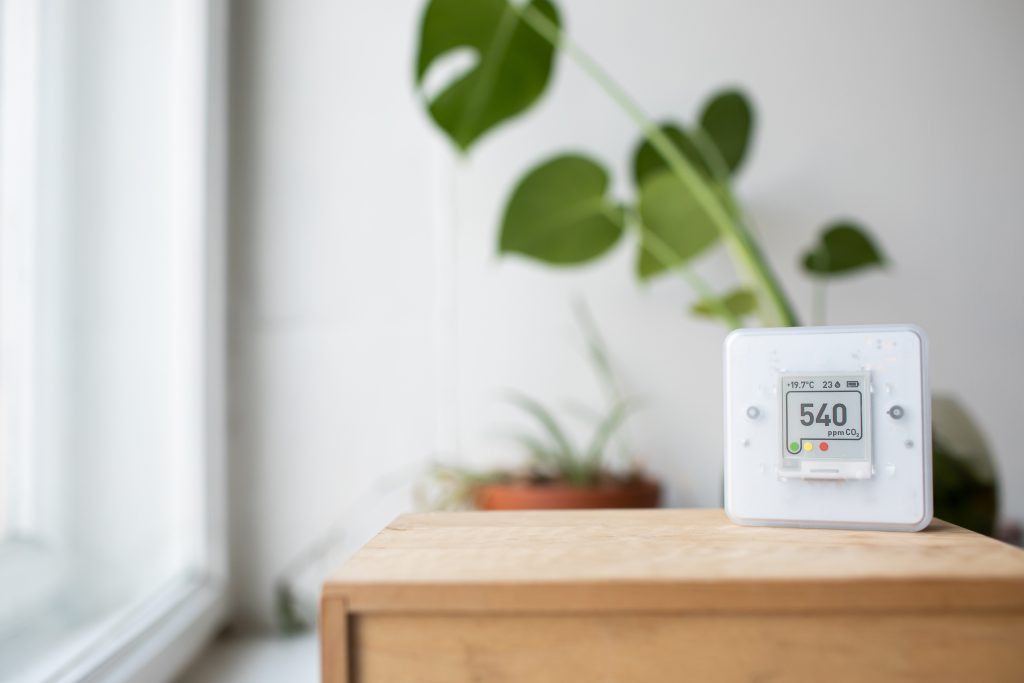Reasons to Practice Gratitude and the Science Behind It
Anyone who’s interested in psychology has probably heard about the concept of practicing gratitude. It has been gaining popularity lately but why?
Being grateful is a natural human response to positive developments in life. Taking a look at the bigger picture and the psychology of gratitude, however, reveals something deeper and much more profound. Gratitude changes one’s state of mind, contributing to better mental health and an overall sense of wellbeing.
So, what exactly is the science of gratitude and what does it say about the practice?
According to UC Davis psychologist Robert Emmons, gratitude can increase happiness and help combat depression. Emmons is a leading gratitude researcher who already carried out numerous studies to look deeper into its effects.
Grateful people are more likely to behave in a positive way and they’ve also been shown to have higher levels of self-esteem. Gratitude reduces anger and aggression, two effects that quickly contribute to better mental health.
The effects of gratitude, however, do not affect solely the psyche. A 2012 study shows that gratitude can also have an effect on physical wellbeing. Grateful people are less likely to experience pain than others. In addition, they sleep better, they’re more likely to maintain normal blood pressure and to enjoy good cardiovascular health.
So how exactly does gratitude contribute to all these positive effects?
According to Harvard Medical School research, gratitude helps people focus on the positive in life. They cherish the good moments and deal with adversity in an adequate way. In addition, being grateful and appreciative can contribute to stronger bonds and better relationships with others.
Feeling connected, having meaningful interactions with others and cultivating a positive mindset can all contribute to easier existence and a more effective approach towards overcoming adversity. The good news is that practicing gratitude is a fairly simple task. In fact, it comes naturally to most people.
Some of the steps that can be undertaken for the easy establishment of a gratitude routine include the following:
- Starting a gratitude journal: it’s easy to make keen observations by keeping a journal of everyday occurrences and important events. A gratitude journal is a simple notebook that keeps track of everything a person is thankful for. By writing things down, one becomes more keen at observing positive things and feeling good about them. To launch such a practice, sit down in the end of the day and think about everything that happened. All events that provoke a thankful response should be tracked and recorded.
- Writing thank you notes: here’s another technique that builds gratitude in the form of writing. Think of someone you appreciate, someone that you’re grateful to have in your life. Write that person a note to show appreciation. Giving them the note is optional. The aim of the exercise is to dress gratitude in words and give it a specific dimension.
- Looking for the positive in a challenging situation: every challenge and difficult moment teaches people a valuable lesson. Learn to actively seek that positive experience in a tough situation. The proactive focus on a good thing helps alter one’s mindset and cultivate gratitude.
- Using gratitude prompts: this exercise is an excellent choice for people who are just getting started with their gratitude practice. A gratitude prompt is a simple statement written on a piece of paper. Some common gratitude prompts include “Today, I am grateful for…, The three people I am most grateful for include …,The three teachers I have learned the most from are…., The five things in my life I am most grateful for include…” The aim of the exercise is to provoke thoughts of thankfulness. Use the prompts once per day to cultivate the right mindset.
- Practicing mindfulness and meditating: being observant is an important aspect of the gratitude mindset. Through mindful practices like yoga and meditation a person can start being more connected with people, events and emotions. Taking up such practices will in time reveal many blessings that an individual could originally be clueless about.
The final tip is to keep going, even if gratitude doesn’t materialize itself at first.
Challenges will still be a part of everyday life. So will anger, resentment, sadness and confusion. The aim of gratitude isn’t to eliminate these emotions. It is to help for better management of the negative.
Building a mindset of gratitude takes some time but the payoff is immense. It takes a few simple steps to get started. And once you start experiencing the positive effect of the practice, you will never look back.
Share this post:
Better Living for Today
Reasons Why You Should Writing Handwritten Thank You Notes
In this digital society where there are various channels and…
Read MoreWhy is Air Quality So Important?
Do you know that adults breathe approximately 15,000 liters of…
Read More



